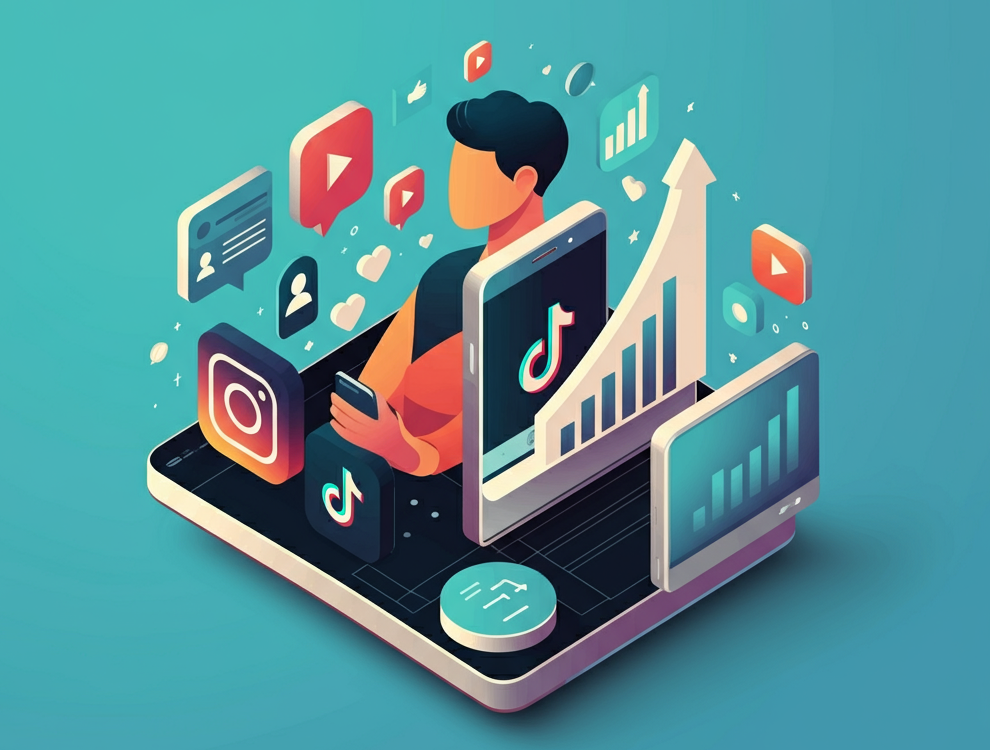Duaction is catching the attention of forward-thinking educators, business professionals, and lifelong learners around the globe. As the world shifts toward more practical, actionable education and self-development, the concept of “dual action”—the union of learning and doing—has never been more relevant. Rooted in both experience and research, duaction stands out as a method that not only sparks curiosity but delivers lasting, real-world results.
This article digs deep into the true meaning of duaction, exploring its origins, guiding principles, tangible applications, and long-term benefits. Along the way, you’ll find trusted insights drawn from both the latest educational research and authentic personal experiences. Whether you’re new to the concept or looking to enrich your expertise, this resource will help you master duaction and put it to work in your own life.
What Is Duaction and Why Should You Care?
At its core, duaction is about strategically pairing two complementary actions—like thinking and doing, or learning and practicing—to drive better outcomes than either step alone. This synergy runs counter to the traditional “learn first, act later” approach that dominates many educational models. Instead, duaction insists that the greatest growth and achievement come when knowledge and action walk hand in hand—even if imperfectly, and especially when challenging the status quo.
This dual-action approach is increasingly cited by experts such as Dr. Tony Bates (see: Tony Bates Associates) and the OECD because it mirrors the demands of today’s world: adaptability, cross-functional knowledge, and real-world readiness (OECD Report – Innovation in Education).
The Roots and Philosophy Behind Duaction
Though the term “duaction” is a recent addition to our vocabulary, the philosophy it describes is anything but new. For generations, master-apprentice relationships, project-based learning, and experiential training have all relied on blending instruction with action. Research in cognitive science and educational theory backs up this approach: learners who immediately apply new concepts are more likely to retain information (Edutopia: Learn by Doing).
- Active Learning: Information “sticks” best when it’s used right away.
- Effort Multiplication: Intentional combination of activities amplifies results.
- Outcome-Driven Process: Progress is measured by what you can do, not just what you know.
Essential Principles of Duaction
To apply duaction effectively, it helps to understand its four core principles. Each one draws from educational best practices, real-world observations, and the lived experiences of people who’ve turned knowledge into results.
1. Learn and Apply—Side by Side
Most traditional education relies on long periods of instruction before you “try it for yourself.” Duaction challenges this: after you learn something—anything—find a way to use it, even in a small way, as soon as possible.
Example: Just finished a module on digital marketing? Run a mini-PPC campaign or set up a mock ad on social media that day. Immediate action cements concepts and reveals gaps in your understanding.
2. Think and Act—No More Endless Planning
Planning is vital, but it rarely leads to progress unless paired with real action. Duaction means switching freely between “strategize” and “do,” keeping you agile and grounded.
Example: Dreaming of switching careers? Jot down three next steps and complete the first—no matter how small—before the day’s over.
3. Teach and Lead—Share to Cement Your Skills
Nothing exposes gaps in knowledge like teaching it. Mentoring or leading, even informally, helps you learn actively and build confidence. This echoes “learn one, do one, teach one”—a time-tested educational mantra.
Example: Join (or start) a study group where everyone rotates teaching roles or explains concepts. You’ll quickly discover what you truly understand.
4. Integrate Digital and Physical Experiences
Duaction shines when it bridges the physical and digital worlds. Today’s most innovative workplaces and classrooms often blend online courses with hands-on labs, ensuring learning never exists in a vacuum.
Example: Pair a virtual course in design with an in-person hackathon or community project. The blend accelerates both skill acquisition and confidence.
Duaction in the Real World: Practical Applications
You’ll find duaction wherever learning translates to real-life progress. Let’s break down how it’s already shaping education, the workplace, and personal growth journeys.
Education: Where Theory Meets Practice
Hybrid Classrooms: Blending digital resources with in-person activities, today’s schools and universities help students move seamlessly between study and application. Think project-based courses and live simulations alongside lectures.
Dual Disciplines: Top programs now encourage students to pair up—study STEM and design, or mix legal training with entrepreneurship. The result? Graduates with both depth and versatility.
Productivity: Meaningful Action in the Workplace
On-the-Job Training: Many firms now roll out learning modules that are paired with immediate, hands-on tasks. New managers might study leadership theory in the morning, then lead a real team session before lunch.
Action-Oriented Routines: Techniques like time-blocking or the Pomodoro method tie planning directly to execution, ensuring every brainstorm turns into completed work, not just endless lists.
Personal Growth: Turn Inspiration into Action
Rapid Skill Building: Whether it’s coding, creative writing, or fitness, those who follow duaction principles see faster results by alternating learning and immediate, visible practice.
Wellness by Design: The best self-growth strategies combine learning (like a mindfulness class) with real activity (try meditating or exercising right away). Data consistently shows this leads to long-term change (APA: Learning & Memory).
Why Choose Duaction? Concrete Benefits
Still wondering if duaction is worth the investment? Consider these advantages—supported by both academic research and success stories from learners and leaders around the world.
- Deeper Engagement: People retain far more when they combine doing with learning. Interactive approaches make the process more fun and memorable.
- More Practical Outcomes: Those using duaction are consistently better prepared to tackle real-world problems—ask any industry mentor, and they’ll agree.
- Confidence on Demand: Immediate practice builds authentic competence, which translates to confidence when stakes are high.
- Seamless Lifelong Learning: Duaction’s flexibility makes it easy to keep learning throughout life, at any age or stage.
Getting Started: How to Use Duaction in Daily Life
Ready to apply these ideas? Here are some simple, practical starting points for students, professionals, and anyone with a growth mindset.
- Students: Pair each lecture with a project, reflection, or debate. Each learning moment should have a “next step.” Add internships or volunteer work whenever possible.
- Professionals: Don’t just attend webinars—immediately test what you’ve learned on a small task. Schedule work sprints that pair brainstorms with execution, however rough.
- Self-Growth Seekers: Learn a recipe or skill and use it for yourself, a friend, or a social event the same day. Start small, and don’t worry about being perfect—just combine new learning with immediate practice.
Potential Roadblocks (and How to Break Through)
Lack of Access: Not everyone has high-speed internet, mentors, or the right tools. Start with what’s available—public libraries, free apps, and low-cost community programs are excellent launching pads.
Feeling Overwhelmed: Stacking learning and action can seem daunting. Begin with five-minute lessons and five-minute tasks. Celebrate every small win—momentum grows naturally.
Old Habits Die Hard: Changing the way you learn and grow takes time. Set reminders, track daily progress, and regularly reflect on the improvements you notice. Over time, duaction becomes second nature.
Final Thoughts: Why Duaction Is the Future
Duaction isn’t just a fleeting trend. Blending knowledge and application echoes the approaches of the world’s top educators, business leaders, and changemakers. The best part? Anyone can use it, regardless of age, resources, or field. When learning and doing walk together, growth follows naturally.
Ready to embrace duaction in your life? Start by asking yourself: “What can I
do with what I just learned?” Then take a step—any step. The real magic of duaction shines not in what you know, but what you build with that knowledge.
If you found value in this guide, share your experience in the comments below, or reach out to connect with others on the same path. Let’s keep growing—together.



